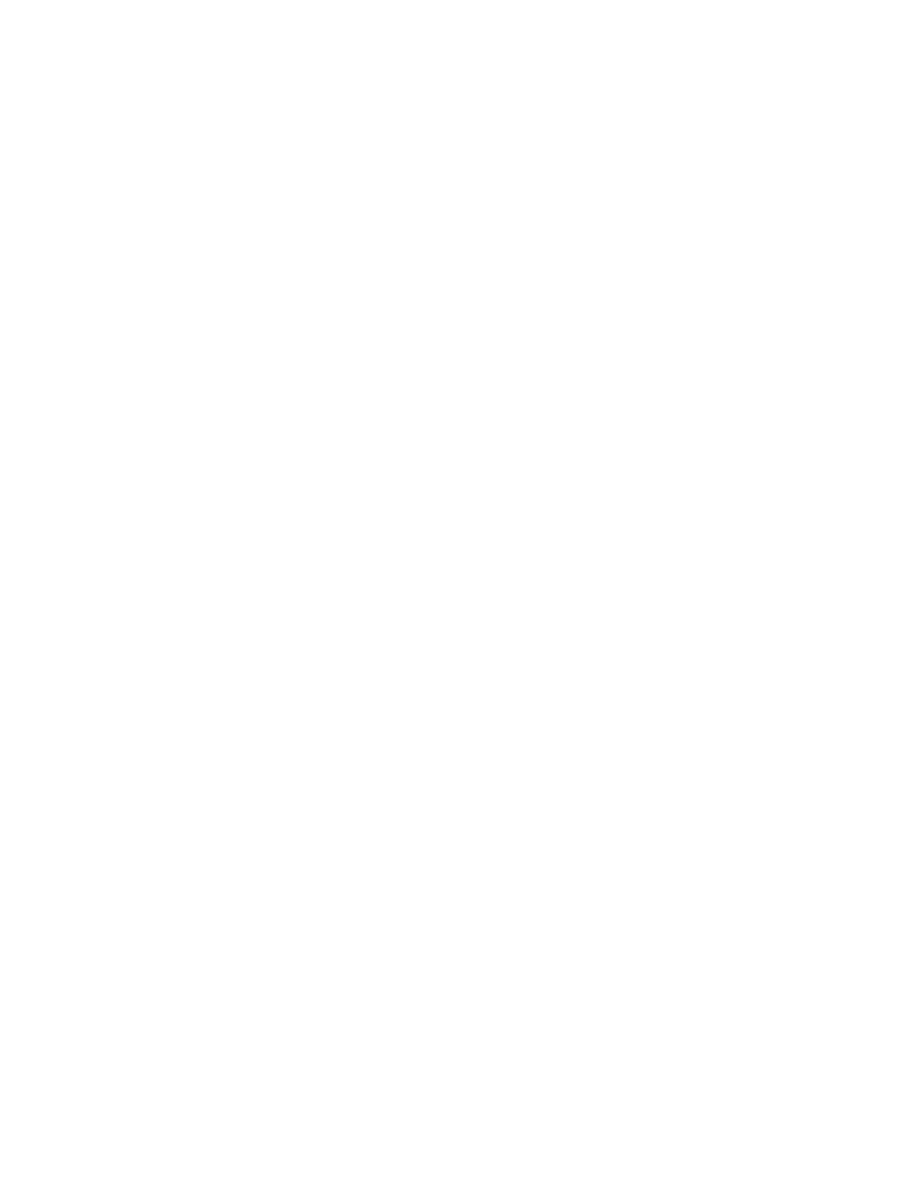
588
14 CFR Ch. I (1–1–14 Edition)
Pt. 91, SFAR No. 108
final phase check for Requalification or Re-
current Training may be taken in the MU–2B
airplane, a Level C or D simulator, or in a
Level 5, 6, or 7 FAA-approved MU–2B Flight
Training Device (FTD). The final phase
check must be conducted by a qualified
flight instructor who meets the require-
ments of the MU–2B SFAR. Simultaneous
training and checking is not allowed for Ini-
tial/Transition training.
(B) For pilots operating under 14 CFR part
135, checking must be done in accordance
with applicable regulations. For the purpose
of recurrent testing in 14 CFR 135.293(b), the
MU–2B is considered a separate type of air-
craft.
(C) The final phase check must be con-
ducted using the standards contained in the
FAA Commercial Pilot—Airplane Multi-En-
gine Land, and Instrument Rating—Airplane
Practical Test Standards (PTS).
(D) The final phase check portion of the
training is comprised of the following tasks
for
all airmen (instrument rated and non in-
strument rated). An (*) indicates those ma-
neuvers for Initial/Transition training which
must be completed in the MU–2B airplane, or
a Level C or D simulator.
(1) Preflight Check.
(2) Start and Taxi Procedures.
(3) * Normal Takeoff (X-Wind) (Two En-
gine).
(4) * Takeoff Engine Failure.
(5) Rejected Takeoff.
(6) * Steep Turns.
(7) * Approach to Stalls (3) (must include
Accelerated Stalls).
(8) * Maneuvering with One Engine Inoper-
ative—Loss of Directional Control (V
mc
).
(9) Abnormal and Emergency Procedures—
To include MU–2B operation in icing condi-
tions without the autopilot or without trim-
in-motion or automatic autopilot dis-
connect.
(10) * Precision Approach (One Engine In-
operative).
(11) Go Around/Rejected Landing.
(12) Normal Landing (X-Wind).
(13) * Landing with One Engine Inoper-
ative.
(14) * Landing with Non-Standard Flap
Configuration (0 or 5 degrees).
(15) Postflight Procedures.
(E) The following additional tasks are re-
quired for those airmen who possess an in-
strument rating. An (*) indicates those ma-
neuvers for Initial/Transition training which
must be completed in the MU–2B airplane, or
a Level C or D simulator.
(1) Preflight Check.
(2) Unusual Attitudes.
(3) Abnormal and Emergency Procedures.
(4) Basic Instrument Flight Maneuvers.
(5) Area Arrival and Departure.
(6) Holding.
(7) Precision Approach (Two Engine).
(8) * Non-Precision Approaches (2)—Must
include a Non-Precision Approach with One
Engine Inoperative.
(9) Missed Approach from either Precision
or Non Precision Instrument Approach (Two
Engine).
(10) Landing from a Straight-In or Circling
Approach.
(11) Circling Approach.
(12) Postflight Procedures.
(F) A form titled ‘‘Training Course Final
Phase Check’’ has been included in this ap-
pendix for use in creating a training and
final check record for the student and the
training provider.
(II) MU–2B Required Flight Training Tasks
(A) General Flight Training Requirements:
All flight training maneuvers must be con-
sistent with this training program and the
applicable MU–2B checklist accepted by the
FAA. The maneuver profiles shown in Appen-
dix D to this SFAR No. 108 are presented to
show the required training scenarios. Pro-
files conducted in flight require planning and
care on the part of both the instructor and
student in order to provide the highest level
of safety possible. The maneuver profiles
shown in Appendix D to this SFAR No. 108 do
not account for local geographic and flight
conditions. The instructor and student must
consider local conditions when performing
these maneuvers in flight.
(B) Special Emphasis Items: Certain as-
pects of pilot knowledge, skills and abilities
must be emphasized and evaluated during
the training and checking process of the MU–
2B Training Program.
(1) Accelerated stall awareness and recov-
ery procedures with emphasis on configura-
tion management. Awareness of the margin
to stall in all flight operations and configu-
rations must be emphasized throughout
training.
(2) V
mc
awareness and early recognition
must be trained and checked. Minimum air-
speeds for one engine inoperative must be
emphasized in all configurations.
(3) Airspeed management and recognition
of airspeed deterioration below rec-
ommended speeds and recovery methods in
this training program must be emphasized
throughout training and checking.
(4) Knowledge of icing conditions and en-
counters must be emphasized throughout
training and checking including: Equipment
requirements, certification standards, min-
imum airspeeds, and the use of the autopilot
and other applicable AFM procedures.
(5) Airplane performance characteristics
with all engines operating and with one en-
gine inoperative must be emphasized.
(C) MU–2B Flight Training Program Pro-
ficiency Standards.
(1) Each pilot, regardless of the level of
pilot certificate held, must be trained to and
VerDate Mar<15>2010
20:48 Jan 30, 2014
Jkt 232047
PO 00000
Frm 00598
Fmt 8010
Sfmt 8002
Q:\14\14V2.TXT
ofr150
PsN: PC150